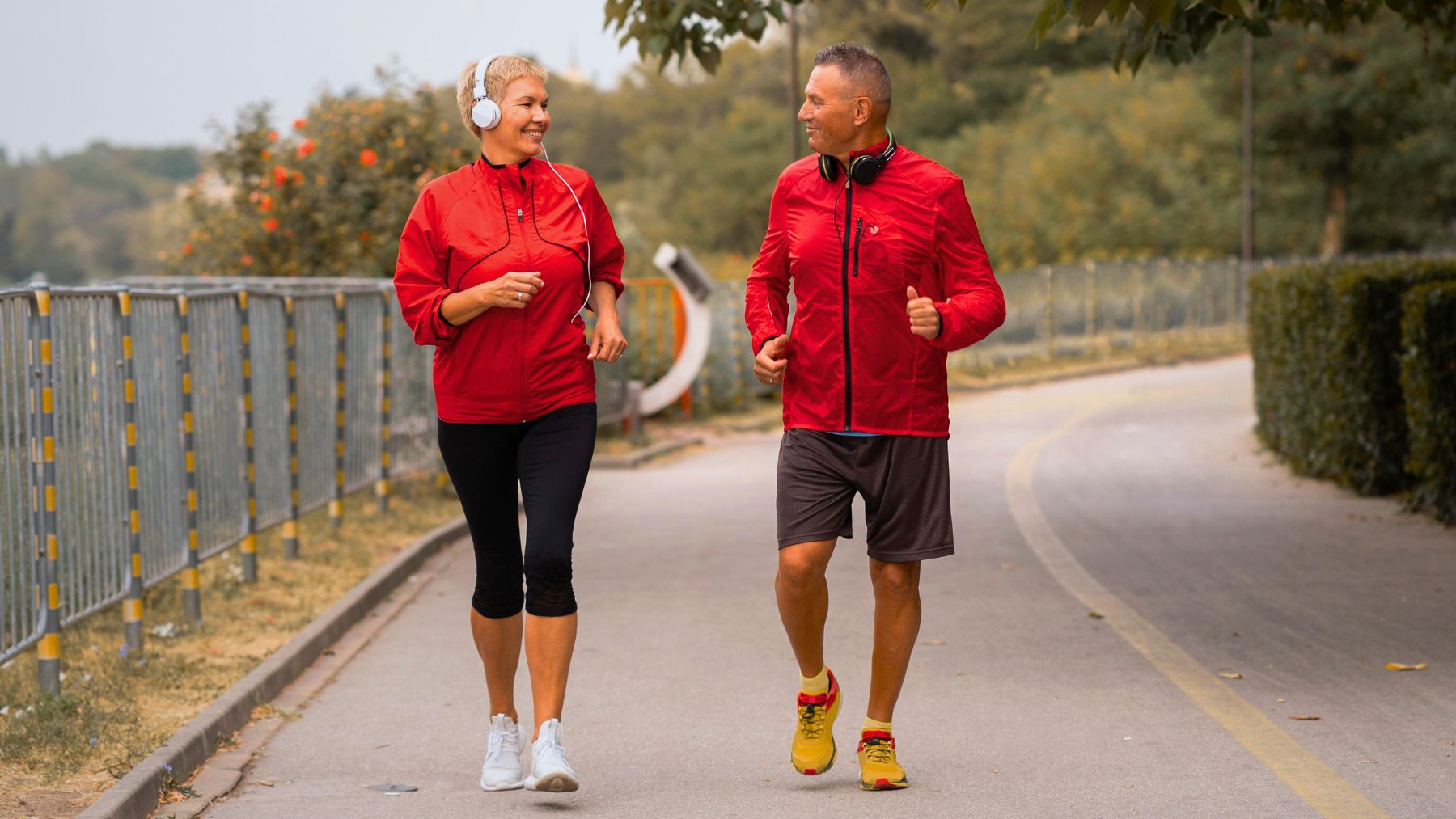Not all cardio workouts are the same. If your goal is to lose weight and tone your legs, some methods work faster and deliver better results than others. While cycling and using the elliptical machine can be helpful, there’s one high-impact option that gets overlooked far too often.
That option is sprinting. Done in short bursts with rest in between, sprint intervals are one of the most effective ways to burn fat, build muscle, and strengthen your legs. Here, we’ll explain what sprinting involves, why it works so well for adults over 45, and how to ease into it safely if you’re new to it or just getting back into shape. Let’s get started.
Sprinting: the exercise to tone your legs after 45
Sprinting isn’t just for athletes. Short segments of high-speed running can be ideal for those in their 40s and 50s who prefer to avoid spending hours at the gym. A sprint workout typically involves running at full speed for 30 to 60 seconds, followed by a rest or slow walk for about 90 seconds. This cycle is repeated five to ten times, depending on your fitness level.
The big advantage of sprinting is that it combines strength and cardio in one workout. It fires up your metabolism, burns fat even after you stop, and directly targets the leg muscles—glutes, quads, hamstrings, and calves. It also improves balance and speed, which are especially important as we age.
Many adults over 45 start to lose muscle mass and experience slower metabolism. Sprinting pushes back against both. You’re building lean muscle, which supports fat loss and helps maintain a higher metabolic rate. And since the workouts are short, it’s easier to stay consistent.
What’s more, sprinting also boosts cardiovascular health. It trains your heart to recover faster between efforts, which can lower your resting heart rate over time and improve endurance.
How to get started with sprinting
If you haven’t sprinted in a while—or ever—it’s important to start smart. This workout is intense, so warming up properly and easing in is key to avoiding injury.
- Start with a warmup: Walk for 5 minutes, then do light dynamic stretches. Include leg swings, high knees, or slow jogging to wake up the muscles.
- Use a soft surface if possible: Try sprinting on grass, a track, or a treadmill. Hard pavement can put more strain on your joints.
- Keep the first sprints short: Start with 30 seconds of fast running, followed by 90 seconds of walking. Do 4 to 5 rounds in your first week and gradually increase.
- Focus on form: Drive your knees up, keep your arms loose but active, and land softly.
- Allow full recovery between sets: Recovery is part of the workout, so don’t rush into the next sprint. You want your heart rate to come down before each new interval.
- Listen to your body: If you feel sharp pain, stop. Soreness is normal, but joint pain isn’t. Make sure your shoes offer good support.
Sprinting is simple but can be very powerful. You don’t need any special equipment or a lot of time. Just a pair of shoes, a flat stretch of space, and consistency. For adults over 45 who want to lose weight, build strength, and tone their legs, it’s a workout that’s hard to beat.

